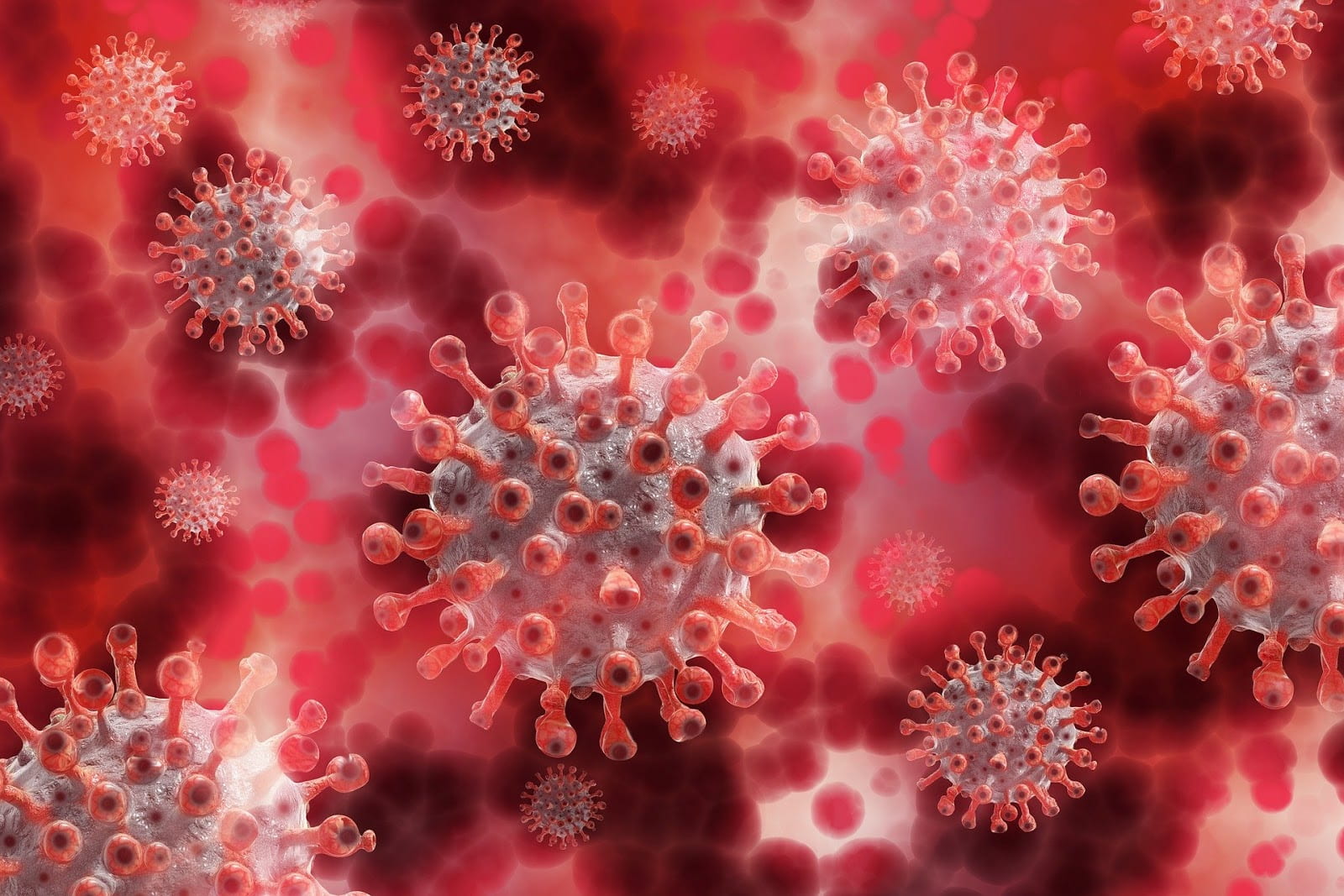
In late August, the Centers for Disease Control and Prevention (CDC) updated their provisional death counts page to indicate that COVID-19 was the sole cause of death listed on death certificates in only 6% of cases. This fact was interpreted by some as only 6% of reported fatalities, or around 10,000 people, actually died of… Read more »

![[smoggy vs clear photo of an arch in Delhi, India]](https://blogs.iu.edu/sciu/files/2020/06/delhi.png)
![[Coronavirus is a spherical virus with small suction-cup-like attachments on the surface.]](https://blogs.iu.edu/sciu/files/2020/04/rona1.jpg)


